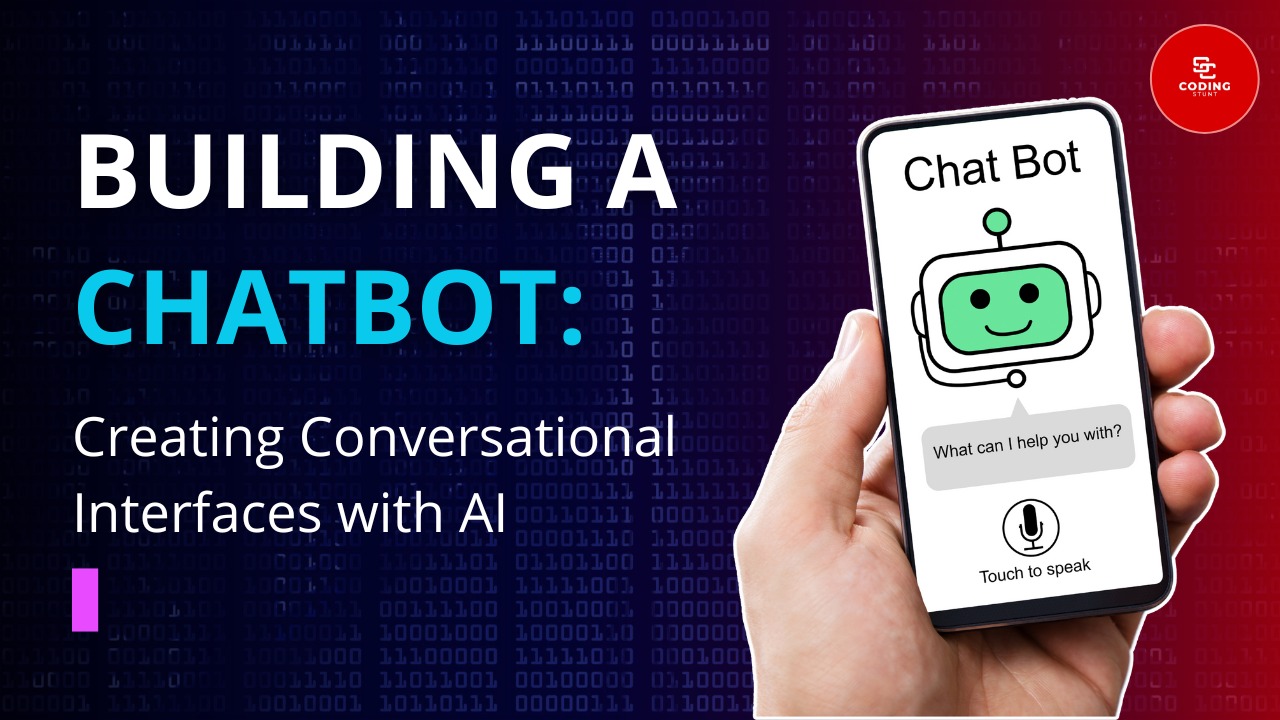


Have you ever chatted with a customer service representative who seemed…not quite real? Or maybe you’ve browsed a website and been greeted by a friendly pop-up offering assistance. These are both examples of chatbots, AI-powered programs that are revolutionizing the way we interact with technology.
In this interactive blog post, you’ll learn everything you need to know about building a chatbot, from concept to conversation.
Why Chatbots?
Before we dive in, let’s explore why chatbots are becoming so popular. Here are just a few reasons:
Are You Ready to Build a Chatbot?
Now that you’re convinced of the benefits, let’s see if building a chatbot is right for you. Consider these questions:
Let’s Build!
If you’re ready to take the plunge, here’s a general roadmap for building your chatbot:
Ready to chat?
Building a chatbot can be a rewarding experience, and it’s a great way to leverage the power of AI. By following these steps and keeping your target audience in mind, you can create a conversational interface that provides value to your users and helps you achieve your business goals.
Do you have any questions about building a chatbot? Ask away in the comments below!
Comments are closed